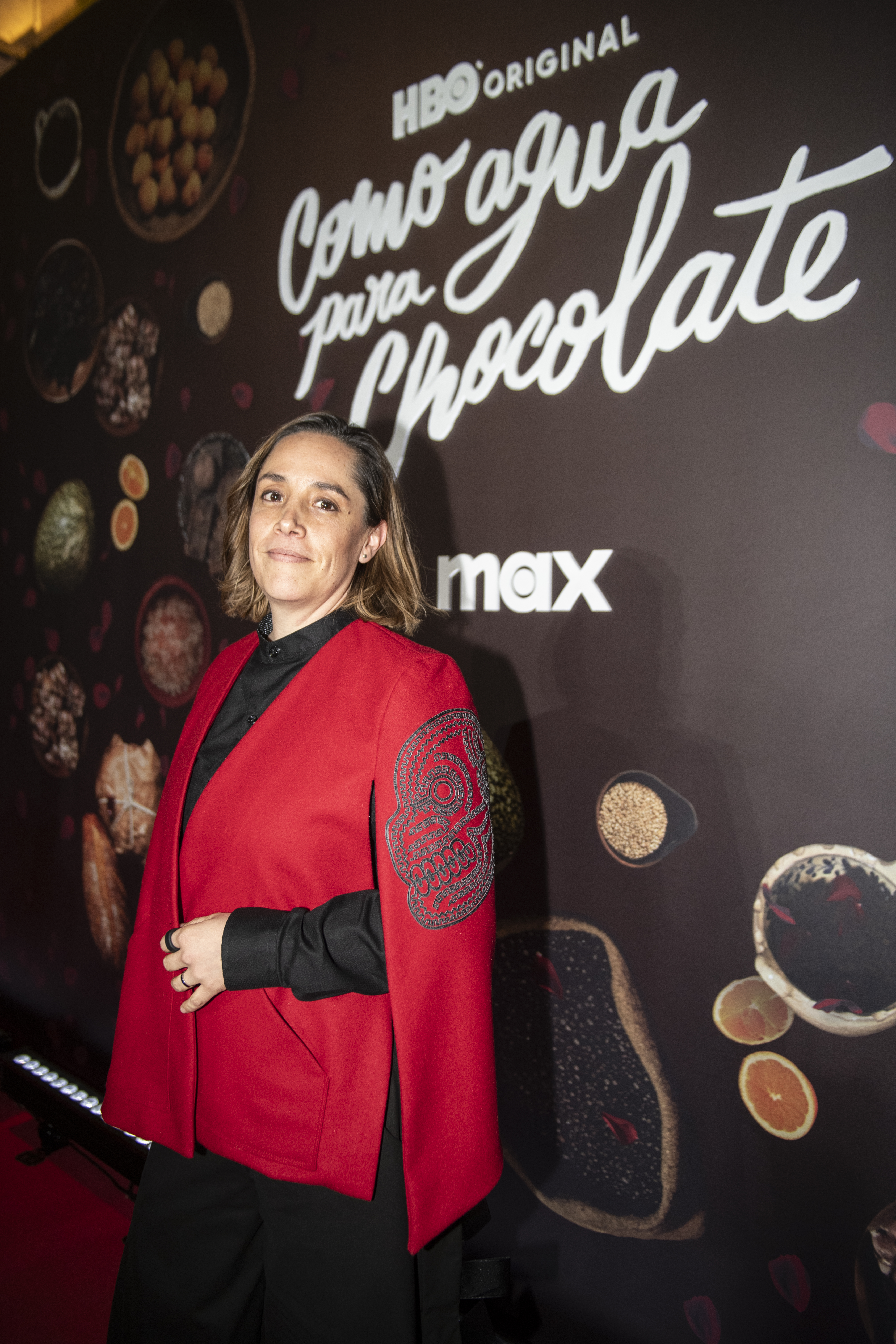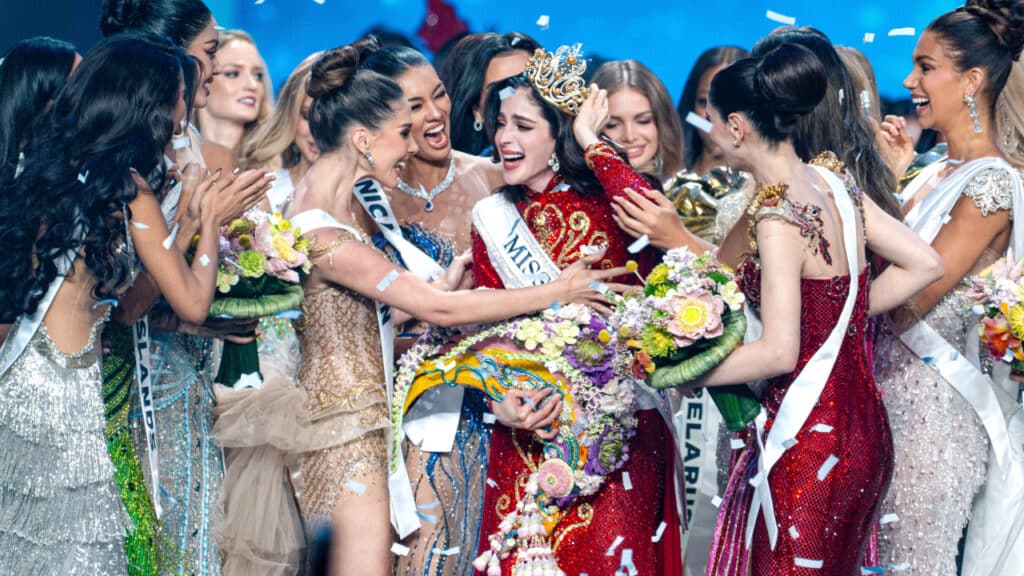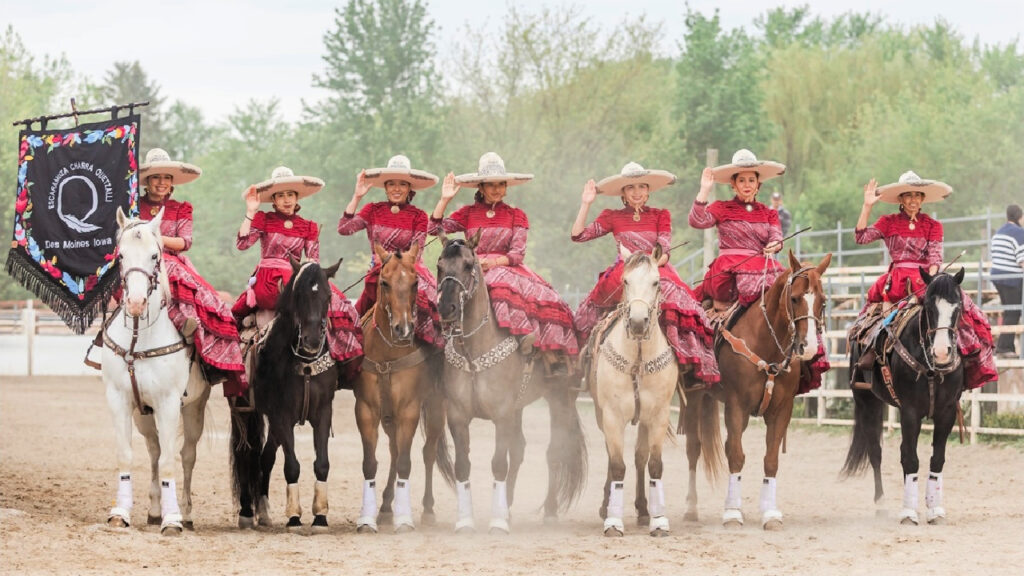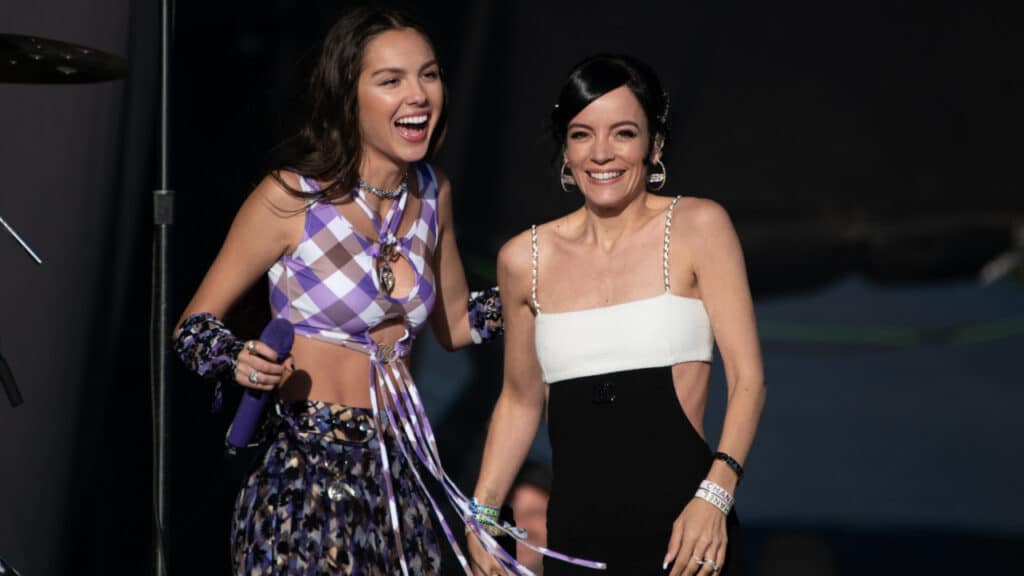Magic, Tradition, and a Woman’s Gaze: Inside the New ‘Como Agua Para Chocolate’ with Director Ana Lorena Pérez Ríos
It’s undeniable: Latin American stories are built on the memories, voices, and resilience of women. From generation to generation, women have preserved and narrated our histories. They’ve translated them into art and literature that resonates across continents. Laura Esquivel, the iconic author of Como Agua Para Chocolate, stands at the forefront of this tradition. Her novel captured a rich constellation of Latin American female identities, cementing a legacy that continues to influence readers worldwide.
Now, 35 years later, Como Agua Para Chocolate makes its grand return with a fresh perspective, this time streaming to a new generation. Directed by Mexican filmmaker Ana Lorena Pérez Ríos and led by Julián de Tavira, the adaptation brings a female gaze to the screen, infusing Esquivel’s timeless story with a renewed vibrance and relevance.
How Ana Lorena Pérez Ríos Joined ‘Como Agua Para Chocolate’
When asked how she joined the production, Ana Lorena Pérez Ríos described a careful process led by Warner and Max. “It was a very nice process of searching on the part of Warner and Max to add a woman to the project,” she explained. With Julián de Tavira already on board, Pérez Ríos received Esquivel’s book and the project bible. After discussing her vision for the adaptation, she joined the team to develop a perspective that balances both the original male and a new female vision.
“It was very nice to find the middle ground,” she shared. “It’s about making peace with the fact that we have to find that voice…not just saying ‘this is feminine and this is masculine,’ but finding a set of identities that the work naturally holds.”

A Woman’s Perspective on Esquivel’s Feminine Narrative
For Pérez Ríos, Esquivel’s work has always championed the woman’s voice, becoming an emblem of feminine tradition in Latin American literature. But what does it mean to view this powerful story through a woman’s lens?
“Taking texts like these helps us understand that the female gaze has more to do…” she reflected. “It’s not that there is a specific female gaze, but we are in search of that look. It’s finding that balance and exploring femininity from a ‘genderless’ space.” This layered approach brought fresh, nuanced identities into the series, honoring Esquivel’s powerful themes while evolving them.
Bringing the Magic of the Latino Kitchen to Life
One of the most anticipated visual elements in Como Agua Para Chocolate is the kitchen—more than just a setting, it’s a space where emotions and energies transform through food. Pérez Ríos brought this magic to life with an intricate focus on details, smells, and textures, inviting viewers to feel as if they are part of the kitchen’s enchanting atmosphere.
“It was a very rich exploration because we are detail,” she noted. “To perceive the smells, the textures…it ends up being super powerful. It’s a place of empowerment of saying, ‘this is what I am, this is what I taste, I am capable of creating.’” The shots delicately portray this blend of subtlety and power, capturing the essence of Esquivel’s vision with each close-up of hands and ingredients.

The New Adaptation of ‘Como Agua Para Chocolate’ and The Revival of Magic Realism in the 21st Century
Como Agua Para Chocolate was one of the key works that brought Latin American magic realism to a global audience. Today, Pérez Ríos brings this beloved style to the screen in a way that highlights its everyday presence in Latin American culture.
“It’s an incredible opportunity to see it again,” she said. “Our Latin American culture is Magic Realism all the time.” The visual adaptation, she explains, is not just a revival but a reminder that magic realism lives within the heart of Latin American identity, woven into everyday encounters with family, traditions, and food.
A Story That Provokes Conversation and Connection
As the adaptation reaches screens worldwide, Pérez Ríos hopes the audience—both seasoned and new—feels a profound connection. “I would love for people who see Como Agua Para Chocolate, which I hope will be many, to have the sensation of provoking emotions, of returning to those sensations we have in our own families,” she shared. “To generate a nice conversation around the table…that would be, for me, the ideal.”
Her dream is for the series to foster connections, ignite conversations, and inspire audiences to revisit their own cultural roots.
Advice to Future Latina Filmmakers
Pérez Ríos has a powerful message for Latina women aspiring to step behind the camera: “You can do it. Never doubt that you can do it. Whenever you are afraid…there is a possibility behind the fear. Always. Go for it.”




